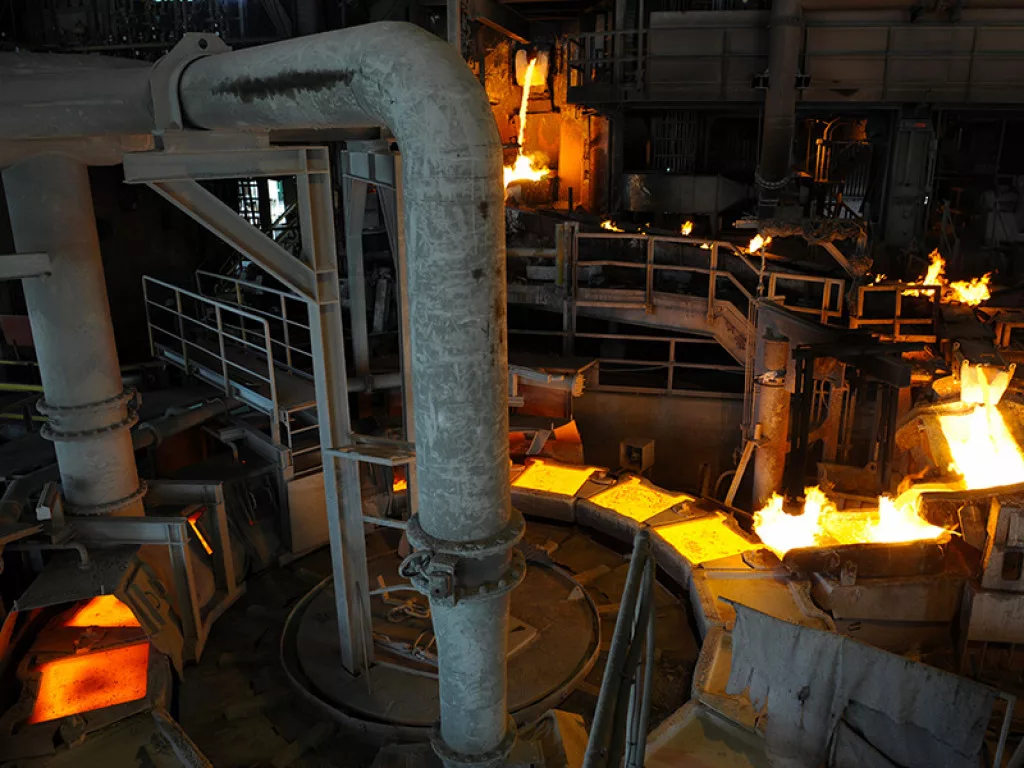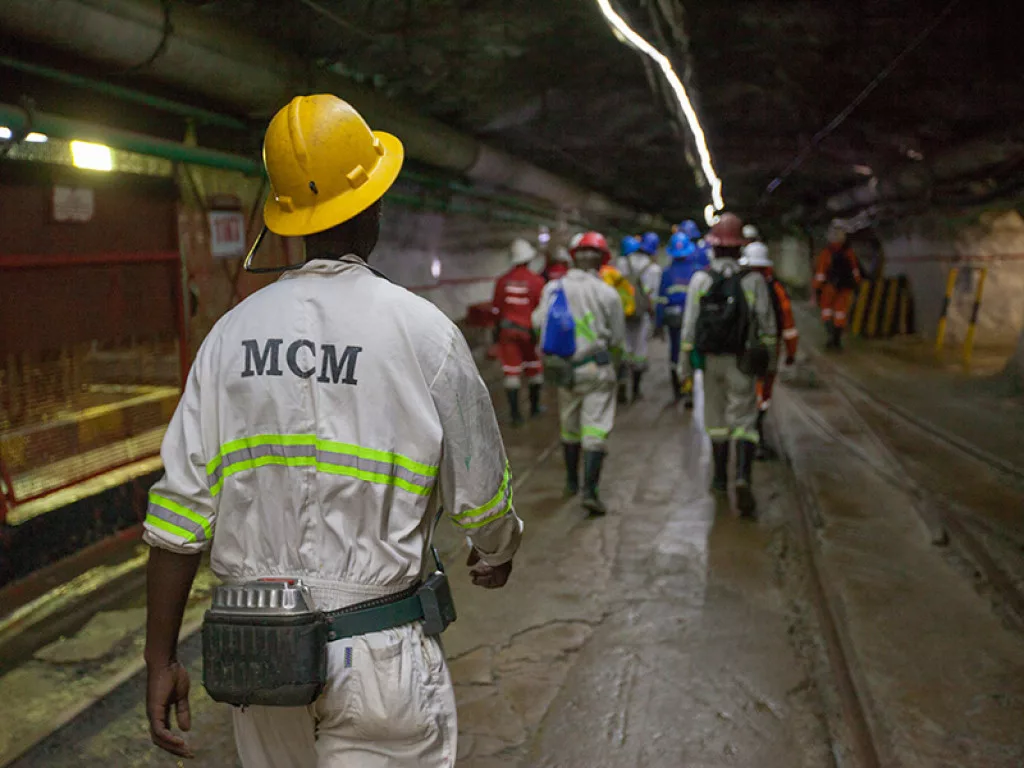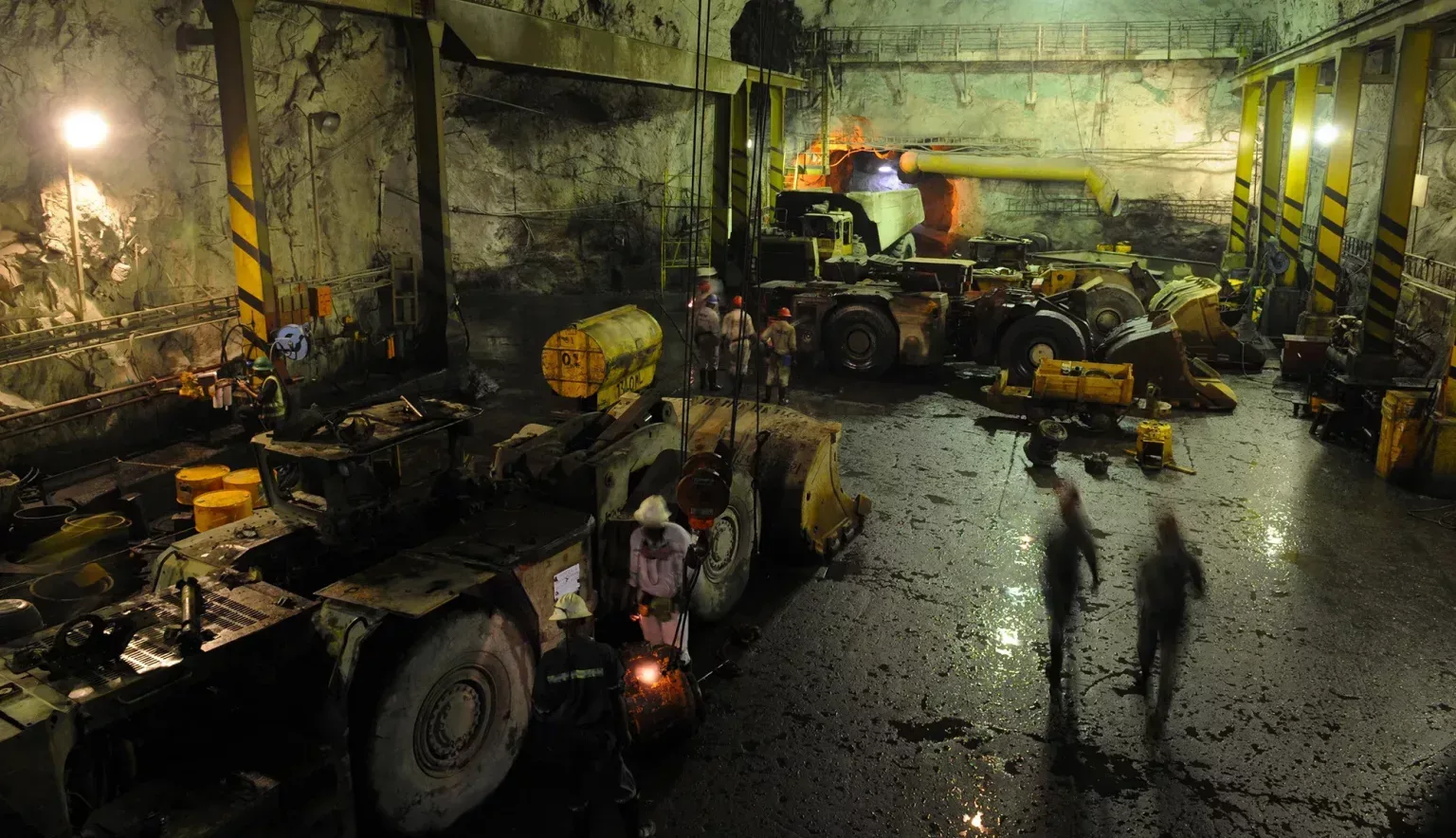The Executive Team at Mopani Copper Mines (MCM) discuss a copper-fuelled future for Zambia and their ambitious mission of ‘Making Mopani Great Again.
PLACING PROSPERITY IN ZAMBIAN HANDS
For over 10,000 years, mankind has worked with copper. In early civilisation, copper found usage as the only metal known to man for over five millennia. Fast forward centuries, and the prevalence and usefulness of the metal has not waned. In the landscape of south-central Africa, copper resources find their heartland in the high plateaus of Zambia.
Snaking along the breadth of Central Africa, traversing northern Zambia and the Democratic Republic of Congo, lies the Copperbelt – a resource-rich area reputed for copper mining. Within Zambia, this mineral wealth is concentrated within the Copperbelt Province, where the towns of Ndola, Kitwe, Chingola, Kalulushi, Chililabombwe, Luanshya, and Mufulira are hotbeds of copper mining and production.
In an industrial context, mining is the lifeblood of the Zambian economy. As the rose-tinted foundation for the country’s economic growth, the upkeep of what remains of the country’s copper reserves is integral to Zambia’s development.
Indeed, during Zambia’s nascent days of independence in the 1960s, the nation’s prosperity entirely depended on the exploitation of its rich copper reserves. That was before the fluctuation of prices for the resource on the world market indicated an unpredictability that, in turn, alerted the need for diversification.
As a commodity, the price of copper is volatile, leading to an unreliable income and a heightened cost of production within the mining realm. Yet in today’s context, those market conditions are very much in copper’s favour.
“It’s time to get Zambians involved in a major way to contribute to the economy of the country,” opens Charles Sakanya, CEO at a proud national mining organisation on the cusp of greatness.
Enter Mopani Copper Mines (MCM).
As a producer of copper cathode, Mopani Copper Mines has suffered from the fluctuations in copper’s value, and is now on a journey of recovery after operations were suspended during the COVID-19 pandemic, as a result of the attendant disruption and drop in copper prices.
The mine was officially placed under ‘Care and Maintenance’ in April 2020 by its former majority stakeholder, Glencore International AG – the international Fortune 500 company that stands as one of the world’s largest integrated producers and marketers of commodities.
Now, taking the helm and guiding MCM’s phoenix-like resurrection, stands Sakanya. MCM takes its name from the Mopani tree, a hardy species native to southern Africa that produces extremely hard wood and is notable for its resistance to drought. Its stability, robust nature and resilience makes it a fitting visual representation for the enterprise that takes its name. The name itself was voted for by employees, retaining the sense of national identity and community pride that best defines the organisation today.
Mopani Copper Mines is a Zambian registered copper mine owned by ZCCM Investments Holdings PLC (ZCCM-IH). The company’s assets comprise underground mines, a concentrator, a smelter, and a refinery at the Mufulira mine site, and underground mines, open pits, a concentrator, and a cobalt plant at the Nkana mine site in Kitwe.
ZCCM-IH is a premier diversified mining investments and operations company with a primary listing on the Lusaka Securities Exchange in Zambia, as well as secondary listings on the London Stock Exchange and the Euronext Access Exchange in Paris.
MCM’s operations today centre around mining copper ore at two percent from as deep as two kilometres (km). The site comprises three shaft complexes; Nkana North, Nkana South, and Mufulira Mine located approximately 60 km from Kitwe. An historic enterprise, both Nkana and Mufulira have been in operation since the early 1930s, with Mufulira copper widely reputed as the purest copper in the world.
The company’s output of copper cathode is branded on the London Metal Exchange (LME) as MCM2 cathodes. Alongside this, MCM also produces by-products of gold, silver, selenium, and sulphuric acid to name just a few, and is equipped with workshops on-site to conduct mechanical and electrical instrumentation.


A COMPETITIVE HERITAGE
Although in pursuit of recovery, Mopani Copper Mines benefits from a solid track record in the mining industry that provides a strength to fall back on in times of change. In 2018, Mopani Copper Mines produced a total of 59,302 tonnes of copper from its own sources and a further 60,188 tonnes from third-party concentrates.
For Sakanya himself, the pursuit of a career in mining has been a lifelong interest.
“I was always interested in a mining career from inception,” he recalls. “From any stage that I was exposed to the mining industry, I can say that I have had a very lustrous, challenging career, but always exciting.”
Indeed, this rich and varied journey has taken Sakanya from South Africa to America, and from Kazakhstan to Canada, after he was sent to Hudson Bay Mining in 2001 by Anglo America.
Within the context of Zambia itself, Sakanya comes equipped with experience from the country’s most renowned mining sites, dotted throughout the Copperbelt Province.
“My mining career has taken me to Kalulushi, Chambishi, Kitwe Mines, Mufulira Mine, Chingola and Chililabombwe,” he tells us.
Sakanya was originally headhunted into the ranks of MCM by the former CEO, Tim Henderson in 2004, and subsequently joined the company in the role of Engineering Manager of Metallurgical Plants at MCM’s Nkana mine site. Several years later in 2015, after a period working as the Appointed Engineering Manager of Mufulira Underground, Sakanya accepted the position of Chief Engineer.
“On the seventh April 2020, when Glencore International AG announced that they were placing MCM on Care and Maintenance, I was appointed as caretaker Acting Chief Executive Officer, and was then confirmed in early May 2021,” he recounts.
This intimate understanding and in-depth experience of the mine’s operations led to Sakanya’s strategic position today, taking the helm to guide MCM’s re-emergence from Care and Maintenance back on to the global market.
It is through his management strategies that Mopani Copper Mines will not only survive, but thrive.


























